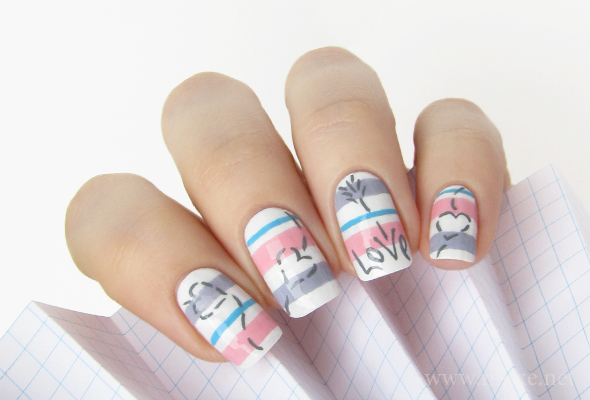
The simplest way to use a gray card, of course, is to photograph the neutral gray in the scene under the light source being used for the subject and then white balance accordingly. If you’re inadvertently turning light gray into pure white, you might want to reevaluate the contrast adjustment. These don’t just provide for accurate color balance, they also come in very handy when evaluating exposure, modifying contrast and adjusting the tone curve in post.įor instance, with a few different neutral gray steps at your disposal, you can see how adjusting the tone curve to modify, say, the dark end of the range also influences midtones and highlights. My DataColor chart, for instance, has a traditional 24-chip color card on one side (see last week’s post for more information on using color checkers) and a large gray swatch along with six additional small chips on the other. Photographers who use color checker charts might find gray cards incorporated into them. These days, though, there are lots of options when it comes to gray cards. These heavy-duty cards were a staple in every serious photographer’s kit, and their scientifically accurate 18 percent gray surface was used for everything from establishing proper exposures to monitoring contrast during printing. In the film era, Kodak practically had the gray card market cornered with its 4×5 and 8×10 gray cards. It can start with something as simple as photographing a gray card. Getting a handle on gray doesn’t have to be difficult. How you do it-whether decreasing exposure, lessening fill light or increasing contrast by adjusting the tone curve in post-processing-is where much of the creative magic happens. Conversely, if you’re trying to take creative control and you deliberately want to make an element that’s in reality black with detail appear pure black, you’ll need to light and process your image files specifically to create that look.

And a good gray card will aid in this.įor instance, if an element in a scene appears to the naked eye to be black with detail but in your photograph it appears pure black, you might want to consider upping the exposure to lighten up that black. With these seven different grays in mind, photographers can learn to think differently about exposure. From light to dark, they are White, White with Detail, Light Gray, Middle Gray, Dark Gray, Black with Detail and Black. And that’s just one of many grays at our disposal.īack in high school, my photography teacher taught us to think about seven stops of gray that we could look for in our photographs.

It’s known as 18 percent gray because it reflects approximately 18 percent of the light.

Middle gray, for instance, is a technical term that refers to the gray that’s perceived to be approximately halfway between black and white. Ask any darkroom printer about the color gray and they’ll tell you all about its many subtleties and distinctive qualities.


 0 kommentar(er)
0 kommentar(er)
